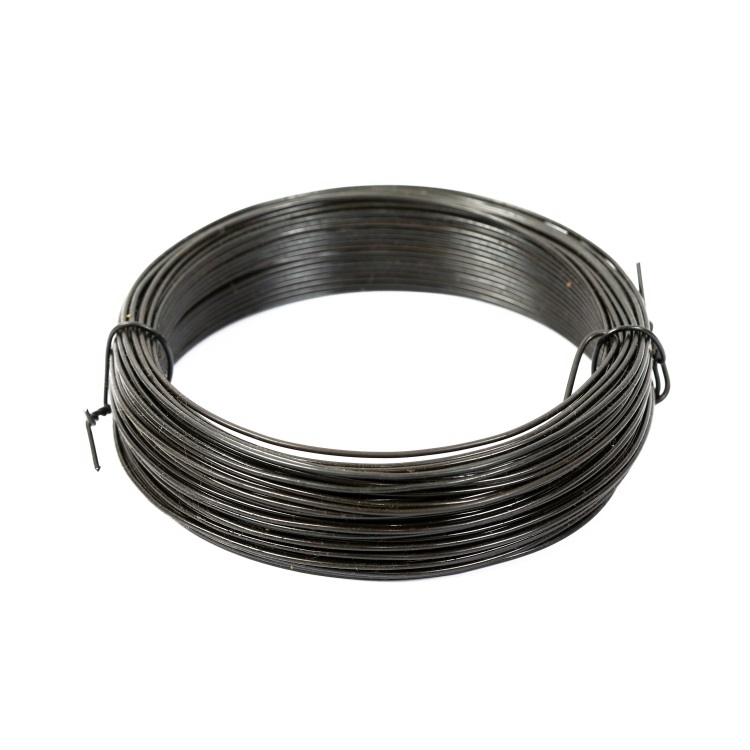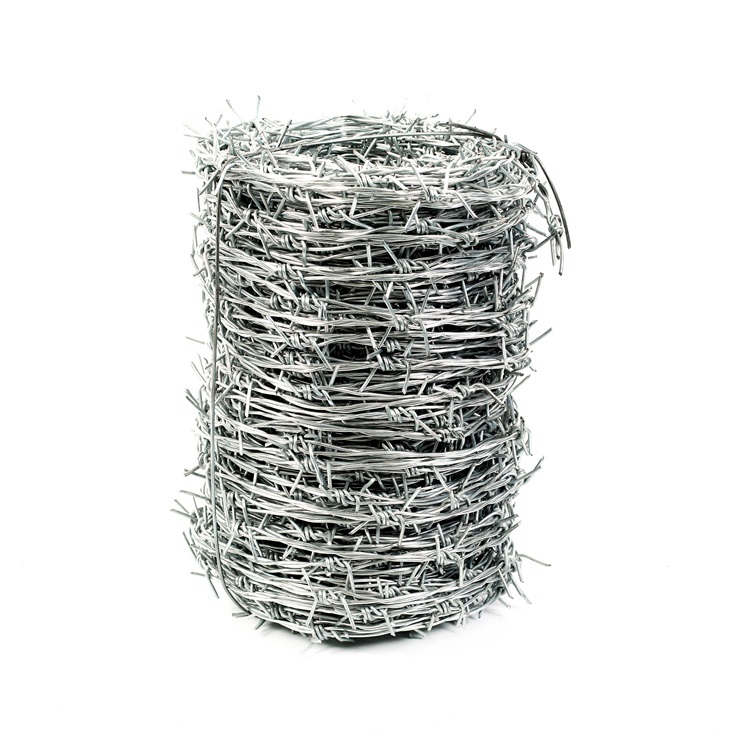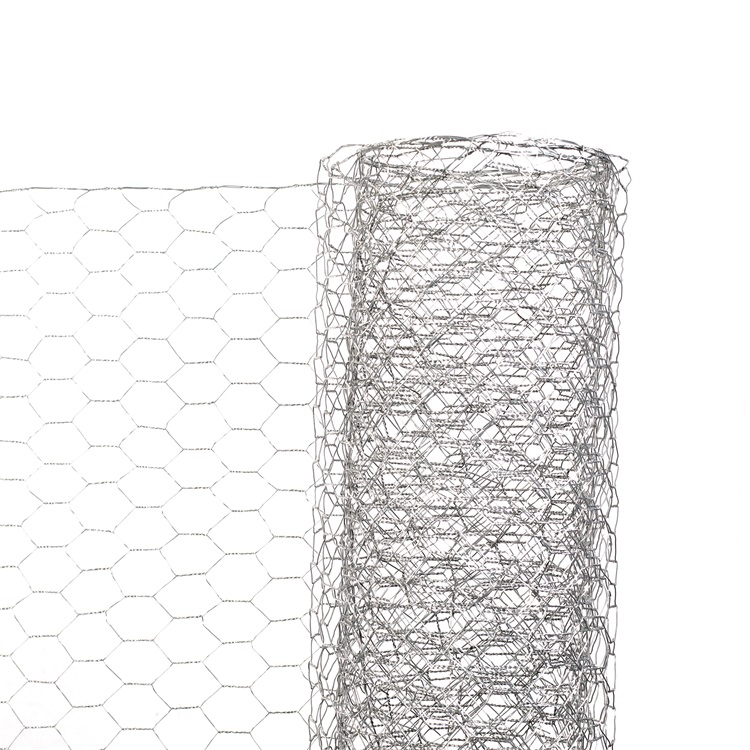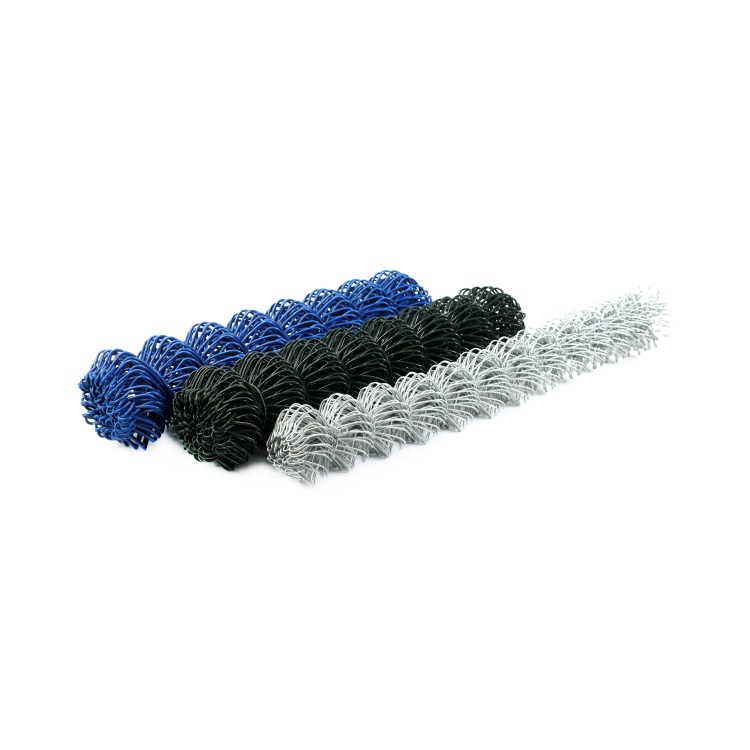Hexagonal Wire Mesh: Durable, Versatile Solutions for Global Applications
Hexagonal Wire Mesh: A Simple Solution with Global Impact
At first glance, hexagonal wire mesh might seem like one of those humble materials you barely notice — a web of interconnected wires, forming tiny hexagonal shapes. Yet, behind this everyday fabric lies a story that spans industries, geographies, and urgent humanitarian needs. It’s not just about fencing your garden or keeping poultry safe; this mesh plays a pivotal role in sustainable construction, environmental protection, and even disaster relief worldwide.
Understanding hexagonal wire mesh, its properties, and its applications matters today more than ever. Industry disruptions, climate challenges, and evolving infrastructure demands mean materials that combine durability, versatility, and cost-efficiency get a second look. And this mesh, honestly, checks those boxes like few other materials do.
Why Hexagonal Wire Mesh Matters Globally
From bustling cities to remote villages, hexagonal wire mesh is quietly underpinning critical projects. According to ISO standards and global trade reports, demand for resilient metal fabric solutions grew by nearly 7% worldwide over the past five years — fueled by infrastructure modernization and expanding agriculture. But here’s the kicker: this mesh answers a fundamental challenge posed by global development agendas, such as the United Nations’ Sustainable Development Goals (SDGs). For example, when protecting soil from erosion or securing temporary shelters after disasters like floods or earthquakes, hexagonal wire mesh is indispensable.
Without dependable, affordable materials that can be rapidly deployed and adapted to various environments, progress in these areas stalls. This is where our star — the hexagonal wire mesh — really shines.
What Exactly Is Hexagonal Wire Mesh?
Simply put, hexagonal wire mesh is a woven metal netting made up of thin steel or galvanized wire, twisted together to create repeating hexagon-shaped openings. Think of it like chicken wire but often stronger and more durable depending on the wire gauge and coating.
While it’s historically been a staple in farming and small-scale fencing, modern manufacturing techniques have expanded its usability. It protects road embankments, acts as a structural reinforcement (Gabions are a good example), and forms barriers in wildlife conservation. It’s that blend of strength, flexibility, and light weight that makes it so versatile.
Core Components That Define Quality
Durability
The mesh’s resistance to corrosion—usually conferred by galvanizing or PVC coating—is vital for long-term outdoor use. In coastal regions or humid climates, untreated wire fails fast.
Mesh Size and Wire Gauge
Hexagonal openings typically range from 0.5 to 2 inches; wire thickness affects load capacity. Intensive applications, like landslide barriers or heavy-duty cages, demand thicker gauges and tighter weaves.
Flexibility and Handling
The twist method used in weaving ensures that the mesh can bend without breaking. This flexibility helps installation over uneven terrain or curved surfaces.
Cost Efficiency
Compared to solid panels or concrete alternatives, hexagonal wire mesh offers a budget-friendly option that doesn’t sacrifice performance.
Environmental Compatibility
Because the mesh requires less raw material than alternative barriers, it has a smaller carbon footprint. Plus, it’s often recyclable.
Mini takeaway: The secret sauce behind hexagonal wire mesh is how it blends strength, adaptability, and affordability. It’s no wonder why it’s a staple from farming to flood control.
Real-World Applications Around the Globe
From Europe’s rocky slopes reinforced by gabion walls using hexagonal mesh, to agricultural enclosures in Sub-Saharan Africa, to temporary fencing at refugee camps in the Middle East — this product is everywhere. For example:
- Disaster Relief: Organizations like the Red Cross utilize lightweight hexagonal wire mesh gabions for retaining walls and shelter reinforcements following floods or earthquakes.
- Construction Industry: Civil engineering firms use it to stabilize loose soil on road embankments.
- Environmental Protection: In Indonesia, it helps secure mangrove reforestation projects, combining durability with minimal environmental disruption.
- Farming & Animal Husbandry: In Australia and South America, farmers rely on it to make predator-proof pens while maintaining airflow.
I noticed many engineers say that the reliability and ease of transport significantly reduce onsite delays.
Quick Specification Overview
| Specification | Typical Range | Notes |
|---|---|---|
| Wire Material | Galvanized Steel, Stainless Steel, PVC Coated | Varies by durability needs |
| Mesh Opening Size | 12mm - 50mm (0.5" - 2") | Smaller openings for animal cages |
| Wire Gauge | 0.7mm - 2.5mm | Thicker wires for heavy-duty use |
| Roll Dimensions | 1m x 25m, 1.2m x 50m, custom sizes | Customizable as per project specs |
| Coating Thickness | 40 - 60 g/m² for galvanization | Ensures corrosion resistance |
Comparing Top Vendors of Hexagonal Wire Mesh
| Vendor | Material Options | Max Roll Size | Typical Price Range (per roll) | Lead Time |
|---|---|---|---|---|
| Five Star Metals | Galvanized, PVC Coated, Stainless Steel | 1.5m x 50m | $120 - $180 | 1-2 weeks |
| Global Mesh Co. | Steel Galvanized, Stainless | 1.2m x 30m | $100 - $150 | 2-3 weeks |
| WireTech Solutions | PVC Coated, Galvanized | 1m x 25m | $85 - $130 | 3-4 weeks |
Why Do Professionals Keep Choosing Hexagonal Wire Mesh?
Let’s be clear: it’s not just about price. The long-term value of hexagonal wire mesh is compelling:
- Cost-effectiveness: It’s durable so replacement cycles are longer.
- Sustainability: Often recyclable, and requires less raw material.
- Trust & Safety: Offers a protective barrier without creating a prison-like feel.
- Innovation: Incorporates easily with new construction materials and automation.
And emotionally, it feels good helping communities fortify homes or protect ecosystems quietly but effectively. The mesh is a small piece in a bigger puzzle, but it holds that puzzle together.
What’s Next? Innovations & Emerging Trends
Industry insiders notice a few exciting developments:
- Eco-friendly Coatings: Moving away from traditional zinc galvanization to biodegradable or low-impact polymers.
- Automation in Manufacturing: Smart weaving machines increase precision and reduce waste.
- Integration with Digital Tech: Embedding RFID tags for tracking supply chain and quality control.
- Custom Modular Kits: Pre-fabricated gabion units combining hex mesh and geo-textiles for faster deployment.
It’s a tiny material with a big heart for innovation.
Challenges and How the Industry Tackles Them
Of course, it’s not perfect. Common pain points include:
- Rusting: If coatings fail or are damaged during transport.
- Installation Errors: Award-winning mesh can underperform if twisted improperly.
- Supply Chain Delays: Not always local; long lead times add complexity.
Experts recommend thorough quality checks, using stronger coatings, and working with reputable suppliers — like Five Star Metals — who guarantee standards and traceability.
FAQ: Quick Answers About Hexagonal Wire Mesh
1. What is the ideal wire gauge for a mesh used in soil erosion control?
Generally, a wire gauge between 1.8mm and 2.5mm is recommended for erosion control because it provides sufficient tensile strength and durability to hold back soil and withstand environmental stress.
2. How long can hexagonal wire mesh last outdoors?
With proper galvanization or PVC coating, the mesh can last 10-20 years outdoors depending on the environment. Coastal and high-humidity areas require heavier coatings for longer life.
3. Can hexagonal wire mesh be recycled?
Yes. Steel-based hexagonal mesh is highly recyclable and is often made from recycled materials itself, underscoring its sustainable credentials.
4. Is custom sizing available for specific project needs?
Absolutely. Most manufacturers—including Five Star Metals—offer custom sizes and coatings tailored to client specifications to fit varied industrial requirements.
5. How quickly can emergency teams deploy this mesh after disasters?
Deployment speed depends on logistics and preparation, but pre-made panels or gabion kits using hexagonal wire mesh enable teams to establish protective barriers or shelters within days to weeks, much faster than traditional building materials.
Final Thoughts: The Mesh That Holds More Than Just Wires
Hexagonal wire mesh might be overlooked on a busy construction site or in a packed cargo container, but its value resonates deeply. It’s a material that silently meets multiple needs — from safety and sustainability to innovation and cost control. For engineers, NGOs, farmers, and environmentalists alike, it’s a tried-and-true “Swiss army knife” of wire products.
For anyone looking to explore this further, or needing a supplier you can trust, I’d say don’t hesitate to visit Five Star Metals. They blend quality with experience, which really counts when projects are on the line.
Well, that’s it for now. Interestingly enough, as infrastructure and climate challenges grow, you might find yourself noticing a lot more hexagonal wire mesh around. Funny how these simple hexagons end up connecting whole worlds.
References
-
Discount 16 d Common Nails - Bulk, Durable, Fast Shipping
NewsNov.17,2025
-
Finish Nails - Durable, Rust-Resistant, Clean Countersink
NewsNov.17,2025
-
Barbed Wire: Galvanized, High-Tensile Security Fencing
NewsNov.17,2025
-
Discount 16 d Common Nails – Bulk, Durable, OEM Options
NewsNov.17,2025
-
Welded Steel Tube Temporary Fence – Galvanized, Durable
NewsNov.04,2025
-
Barbed Wire – High-Tensile, Galvanized, Bulk & Fast Shipping
NewsNov.04,2025














